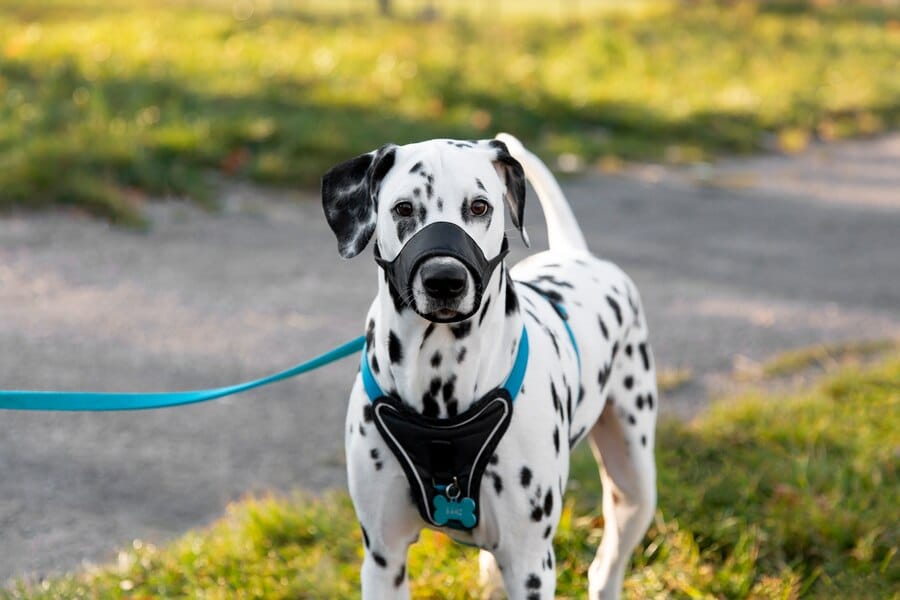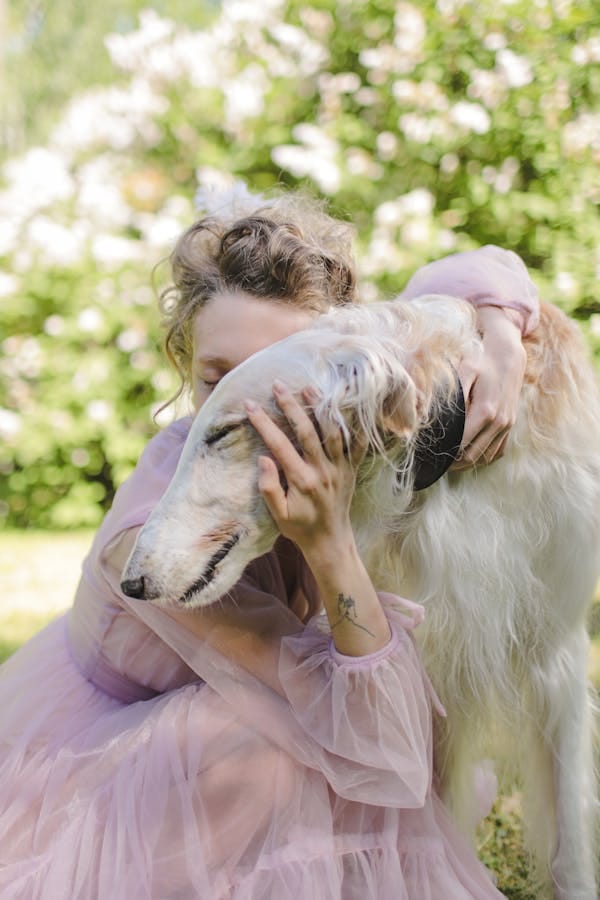- Recognizing Pain-Related Crying in Poodles
- Common Causes of Pain in Poodles
- Age-Related Pain Considerations
- Identifying the Source of Pain
- When to Seek Veterinary Care
- First Aid for Pain at Home
- Veterinary Diagnosis and Treatment
- Long-Term Pain Management for Chronic Conditions
- Preventing Pain-Related Issues
- Emotional Support for Poodles in Pain
- When Pain Persists: Palliative Care Considerations
- Conclusion: Advocating for Your Poodle’s Comfort
Poodles are known for their intelligence and expressive nature, but when your furry friend’s vocalizations turn to cries of pain, it’s crucial to pay attention. This article will guide you through identifying, understanding, and addressing pain-related crying in poodles, ensuring you can provide the best care for your beloved companion.
Recognizing Pain-Related Crying in Poodles
Poodles, like all dogs, can’t verbalize their pain in words. Instead, they rely on a variety of signals, including vocalizations, to communicate discomfort. Here’s how to distinguish pain-related crying from other types of vocalization:
- Pitch and intensity: Pain cries often have a higher pitch and may sound more urgent or distressed than normal whining.
- Consistency: Unlike attention-seeking behavior, pain-related crying typically doesn’t stop when you give attention.
- Accompanying behaviors: Look for other signs of discomfort, such as:
- Lethargy or reluctance to move
- Changes in posture or gait
- Excessive licking or chewing at a particular area
- Loss of appetite
- Restlessness or inability to get comfortable
Common Causes of Pain in Poodles
Understanding potential sources of pain can help you identify the issue more quickly. Here are some common causes:
Musculoskeletal issues:
- Arthritis
- Hip dysplasia
- Injuries (sprains, strains, fractures)
- Intervertebral disc disease
Gastrointestinal problems:
- Pancreatitis
- Gastroenteritis
- Intestinal blockages
Dental issues:
- Tooth decay
- Gum disease
- Broken teeth
Skin conditions:
- Allergies
- Hot spots
- Infections
Internal organ issues:
- Urinary tract infections
- Bladder stones
- Liver or kidney disease
Neurological problems:
- Seizures
- Brain tumors
- Spinal cord issues
Age-Related Pain Considerations
Different life stages can bring different pain-related concerns:
| Age Group | Common Pain Sources | Characteristics |
|---|---|---|
| Puppies | Teething, growth pains | Often short-lived, may affect sleep |
| Adults | Injuries, dental issues | Can be sudden onset or gradual |
| Seniors | Arthritis, organ dysfunction | Often chronic, may worsen over time |
Identifying the Source of Pain
When your poodle is crying due to pain, follow these steps to help identify the source:
- Observe carefully: Note when the crying occurs and any accompanying behaviors.
- Gentle examination: Carefully check your poodle’s body for any areas of tenderness, swelling, or heat.
- Review recent activities: Consider any recent changes in diet, exercise, or environment that might have caused discomfort.
- Check for visible issues: Look for cuts, bruises, or foreign objects stuck in paws or fur.
- Monitor bodily functions: Pay attention to changes in urination, defecation, or appetite.
When to Seek Veterinary Care
While some minor discomforts may resolve on their own, it’s important to know when professional help is needed. Seek veterinary care if:
- The pain seems severe or is accompanied by other concerning symptoms
- The crying persists for more than a few hours
- There are signs of injury or trauma
- Your poodle shows signs of respiratory distress
- There’s loss of appetite or lethargy
- You notice changes in gait or mobility
- There’s any unexplained swelling or lumps
Remember, it’s always better to err on the side of caution when it comes to your poodle’s health.
First Aid for Pain at Home
While waiting for veterinary care, you can provide some comfort to your poodle:
- Rest: Encourage your poodle to rest in a quiet, comfortable area.
- Cold or heat therapy: For acute injuries, apply a cold pack wrapped in a towel for 10-15 minutes. For chronic pain, like arthritis, gentle heat may help.
- Limit movement: If you suspect a musculoskeletal injury, restrict your poodle’s movement to prevent further harm.
- Hydration: Ensure fresh water is always available.
- Comfort: Offer gentle reassurance, but avoid excessive handling if it seems to cause more distress.
Veterinary Diagnosis and Treatment
When you take your poodle to the vet, they may perform various diagnostic tests:
- Physical examination
- Blood tests
- X-rays or other imaging studies
- Urinalysis
- Specific tests based on suspected issues
Treatment will depend on the underlying cause but may include:
- Pain medication
- Anti-inflammatory drugs
- Antibiotics for infections
- Surgery for certain conditions
- Physical therapy
- Dietary changes
Long-Term Pain Management for Chronic Conditions
For poodles with chronic pain conditions, like arthritis, long-term management strategies are crucial:
- Medication: Prescribed by your vet to manage pain and inflammation.
- Weight management: Keeping your poodle at a healthy weight reduces stress on joints.
- Exercise modification: Low-impact activities like swimming can maintain fitness without exacerbating pain.
- Environmental adjustments: Orthopedic beds, ramps, and non-slip flooring can improve comfort.
- Complementary therapies: Acupuncture, massage, or hydrotherapy may provide additional relief.
- Nutritional supplements: Glucosamine, chondroitin, or omega-3 fatty acids may help joint health.
Preventing Pain-Related Issues
While not all painful conditions are preventable, you can take steps to reduce the risk:
- Regular check-ups: Annual or bi-annual veterinary exams can catch issues early.
- Dental care: Regular brushing and professional cleanings prevent painful dental problems.
- Exercise: Appropriate physical activity maintains muscle strength and joint flexibility.
- Safety: Puppy-proofing your home and using a leash outdoors can prevent injuries.
- Nutrition: A balanced diet supports overall health and can prevent obesity-related pain.
- Grooming: Regular grooming allows you to check for any lumps, bumps, or skin issues.
Emotional Support for Poodles in Pain
Pain can be distressing for poodles, and they may need extra emotional support:
- Provide a calm, quiet environment
- Offer gentle affection if welcomed
- Maintain a consistent routine to reduce stress
- Use positive reinforcement for calm behavior
- Consider pheromone diffusers or calming music
When Pain Persists: Palliative Care Considerations
In cases of terminal illness or when pain can’t be fully managed, palliative care focuses on quality of life:
- Pain management: Tailored medication protocols to ensure comfort.
- Comfort measures: Soft bedding, gentle massage, and a peaceful environment.
- Adapted care routines: Adjusting feeding, grooming, and toileting to minimize discomfort.
- Quality of life assessments: Regular evaluations to ensure your poodle’s needs are met.
- End-of-life planning: Discussing options and preparing for difficult decisions with your veterinarian.
Conclusion: Advocating for Your Poodle’s Comfort
Pain-related crying in poodles is a call for help that shouldn’t be ignored. As a responsible poodle owner, your role is to be attentive, proactive, and compassionate. By understanding the signs of pain, seeking prompt veterinary care, and providing ongoing support, you can ensure your poodle lives the most comfortable, pain-free life possible.
Remember, every poodle is unique, and their pain tolerance and expression may vary. Trust your instincts – you know your poodle best. If something seems off, don’t hesitate to seek professional advice. With proper care and attention, you can help your poodle navigate through painful periods and return to their happy, vibrant self.
Your poodle’s well-being is in your hands. Stay informed, stay vigilant, and always err on the side of caution when it comes to your furry friend’s health and comfort.































